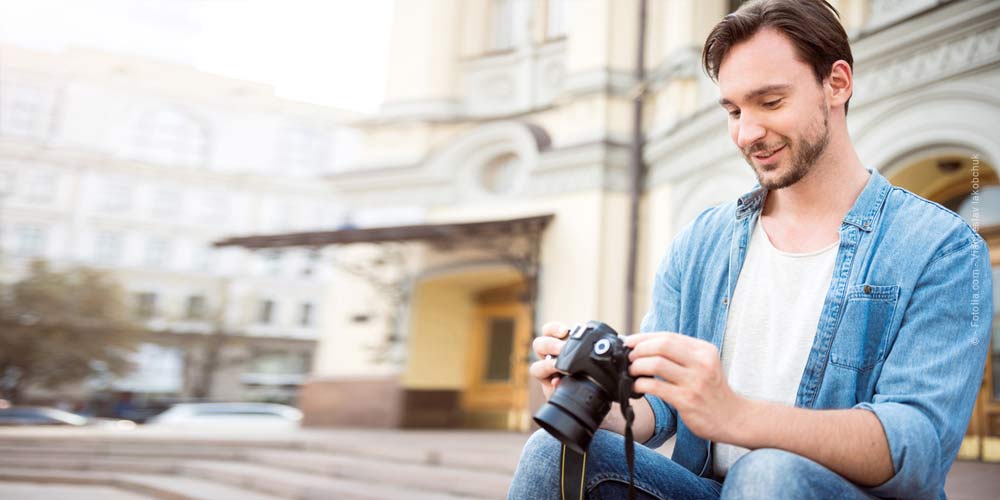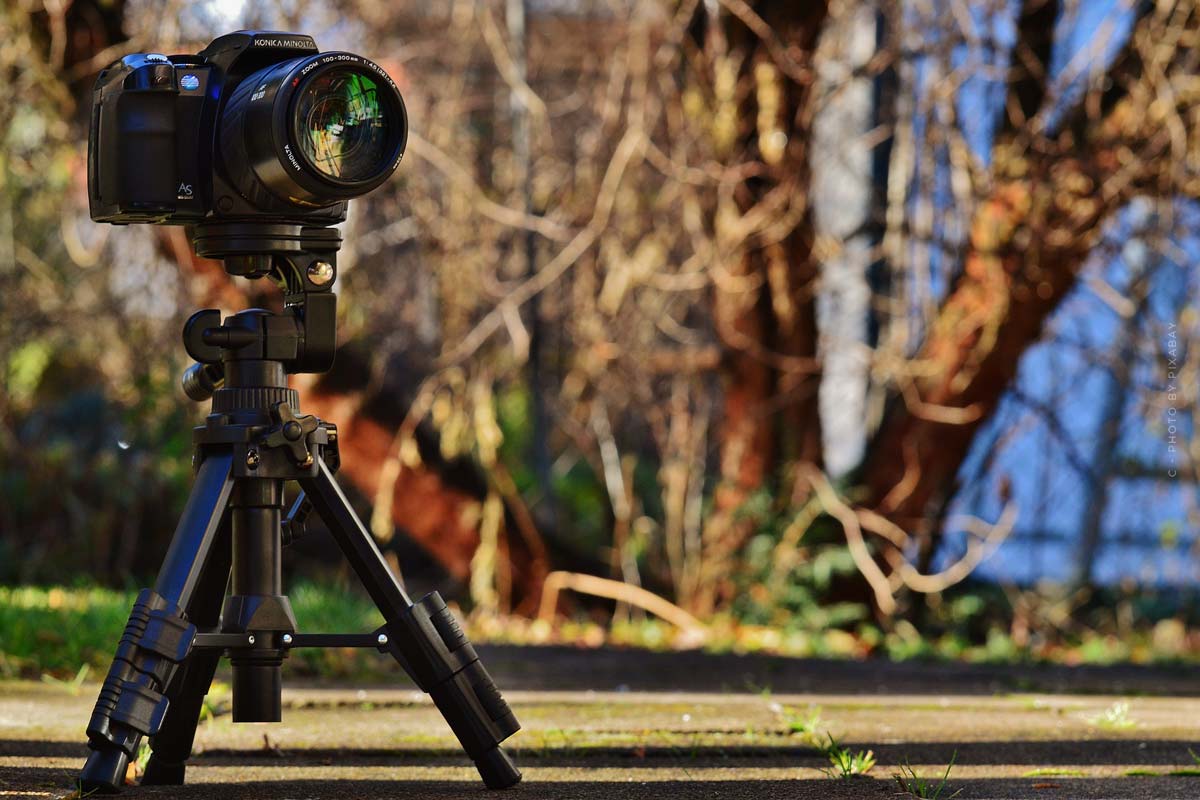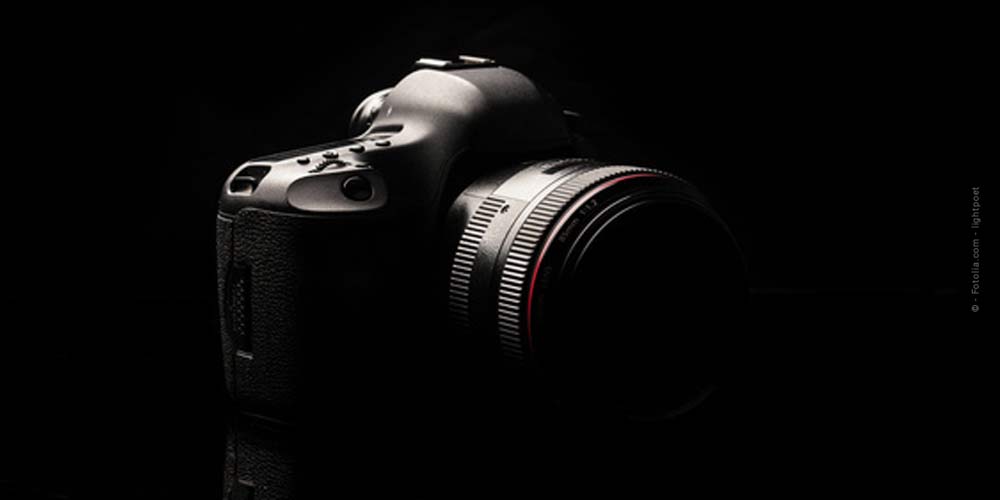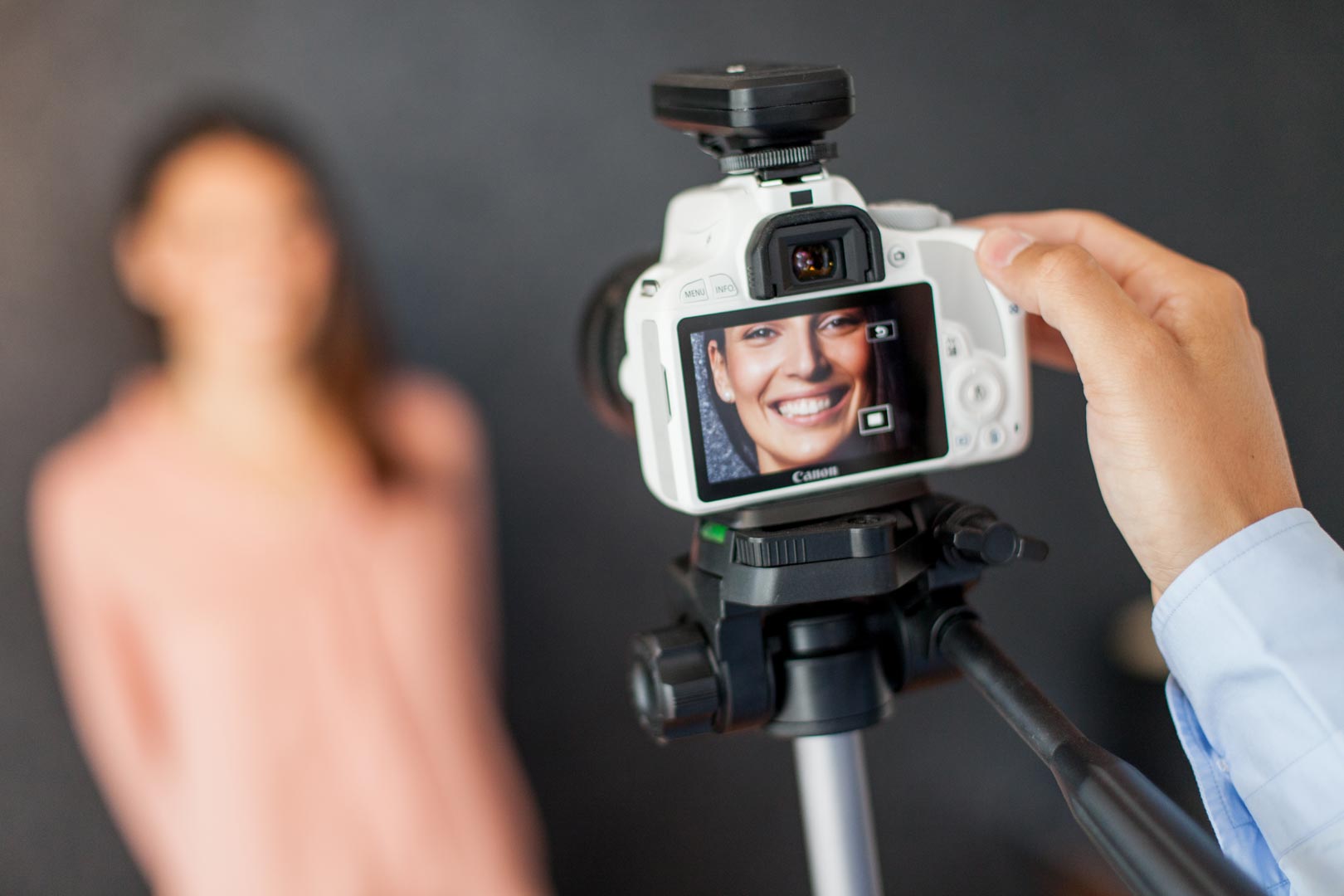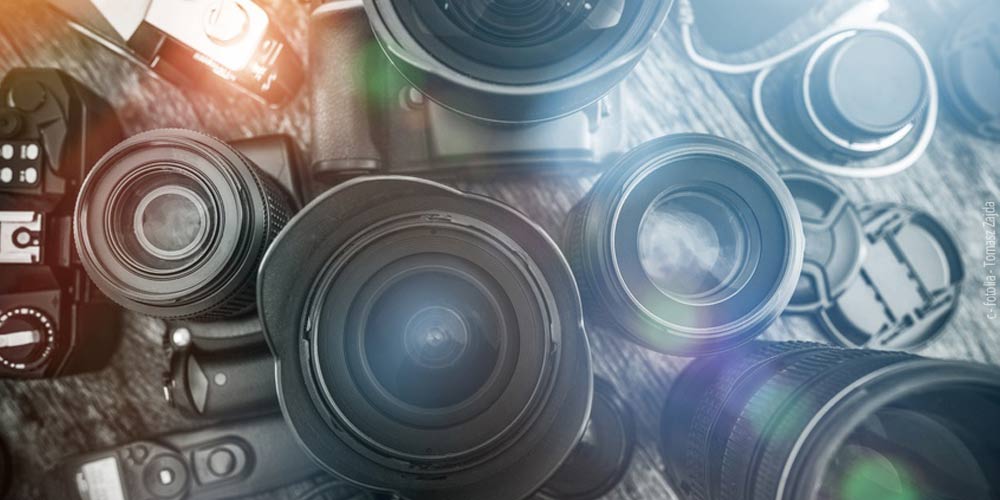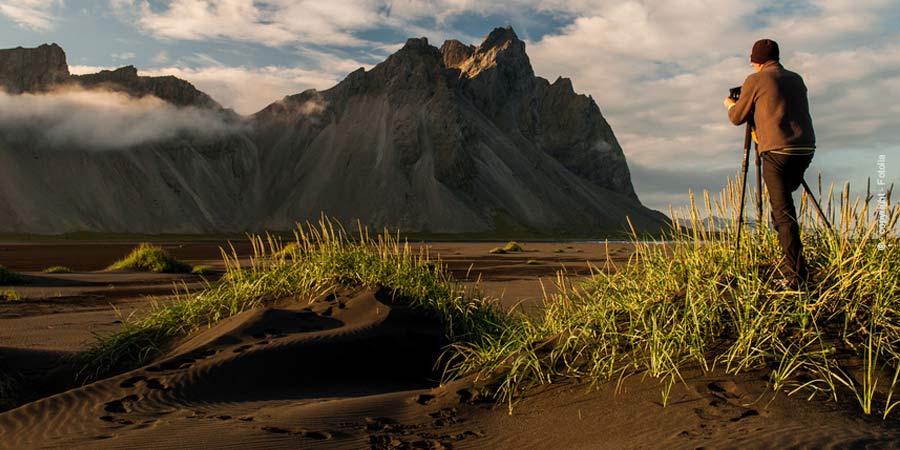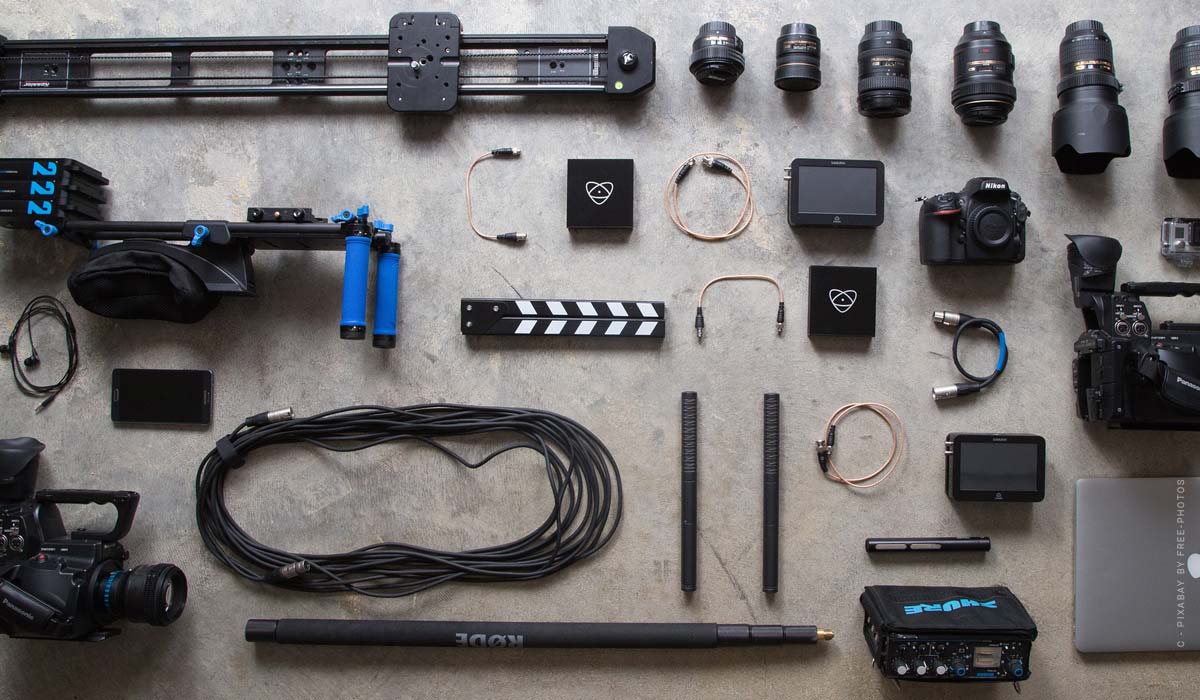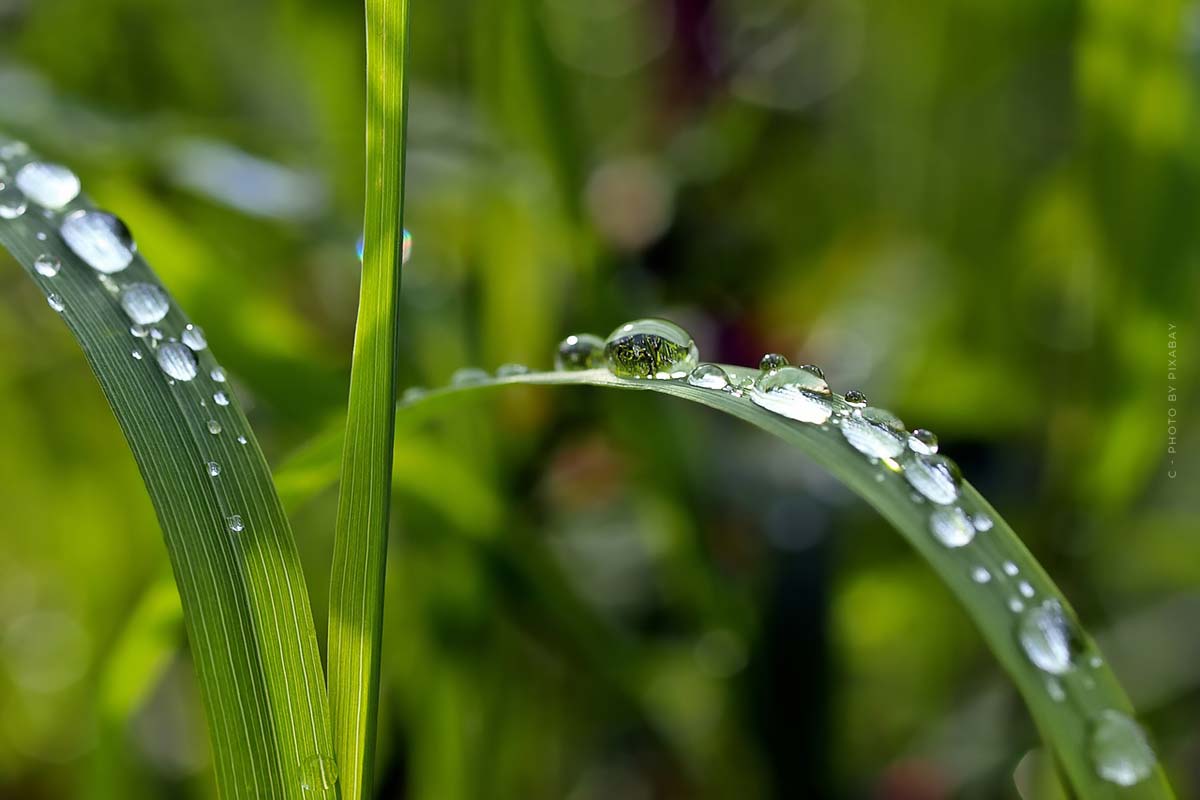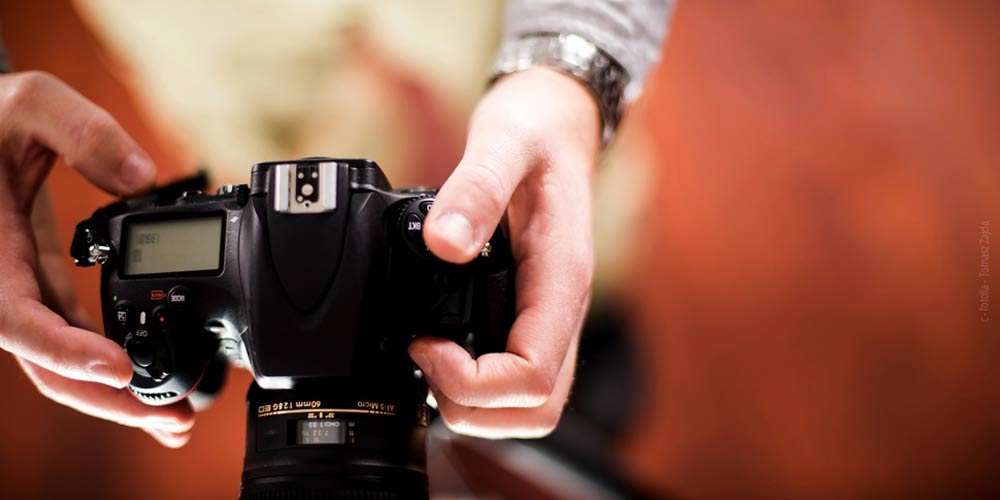Camera tripod – Exposure without blurring: Tripod or monopod
Many photographic situations require longer exposure times. A good tripod is a useful tool for those who are looking for a safe position for their camera. But there are tripods for different purposes and in all possible shapes, sizes and weights. It is not only important to use a suitable tripod for shooting, you also need to know how to use a camera tripod correctly. Here are some basic information you should keep in mind when buying and using a tripod.
Which camera tripods are there at all?
No ambitious photographer can do without a good camera tripod. Especially for longer exposure times, such as fireworks, or star photography, tripods are indispensable aids. Tripods are used outdoors as well as indoors. In the trade there are simple plastic tripods, which are suitable at most for light digital cameras and stable tripods from aluminum, carbon, or wood for the heavier DSLR cameras and elevated requirements. It is obvious that the price level of professional tripods is higher than that of the simple plastic alternative.
Basically, a camera tripod (also called a tripod) consists of a tripod head, a centre column with levelling device and three adjustable legs. The tripod head is a ball or tilt head on which the camera is screwed. The required pivoting, tilting or tilting movements can be carried out easily on all axes. The first photo tripods were all made of wood, a design that can only be found in studio cameras today for weight reasons.
In most cases, photographers nowadays prefer tripods made of aluminium or carbon fibre reinforced plastic (carbon), which have sufficient stability despite their low weight. The legs consist of three to four segments, which can be extended and retracted as desired. To ensure stability and stability, some manufacturers use hinged fasteners, while others rely on twist locks. At the end of the legs there are rubber feet from which a metal spike can often be unscrewed.
When should a tripod be used?
Even if you are not a fan of rules, you should keep in mind when it makes sense to use a tripod. A tripod helps to hold the camera steady, which is especially useful for long focal lengths and long exposure times. As a rule of thumb, the shutter speed should not be higher than the focal length of the lens. You can find some examples here:
Examples:
- If the lens has a focal length of 50 mm, the shutter speed should not be less than 1/60 second.
- At a focal length of 100 mm, the shutter speed should not be less than 1/125 second.
- If the focal length is 200 mm, the focal length should not be slower than 1/250 second.
If the shutter speed is slower than the above values, it is essential to use a tripod to shoot sharp images. For landscape photography, tripods are also very useful for ensuring that the photo and landscape have the same horizontal line. For macro shooting, a camera tripod helps align the lens with small objects. Photographers also like to use a tripod for portraits if they want to photograph several people from the same perspective.
Alternatives: monopods and camera clamps
Monopods consist of a single variable length column with a tripod screw at the tip. A rubber foot or a thorn provide a secure footing. Monopods are useful tools often used in conjunction with a camera tripod to stabilize heavy telephoto lenses.
On the long lenses there is a tripod ring to which a monopod can be attached with a screw. The advantages of monopods are their low weight, fast assembly and good transportability.
Camera clamps are usually made of aluminum and are designed to attach cameras to tables, doors, or other surfaces with a clamp thread. A ball head provides the necessary movement options. Camera clamps can be used universally as an alternative to a tripod.
Camera tripods are available in countless sizes, designs and applications. For heavy DSLR cameras, care should be taken to ensure sufficient stability and weight. As alternatives monopods or camera clamps are available.
